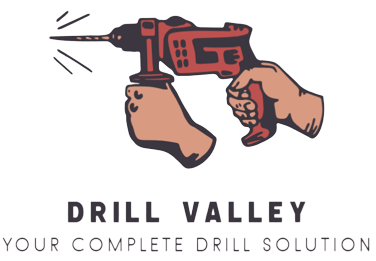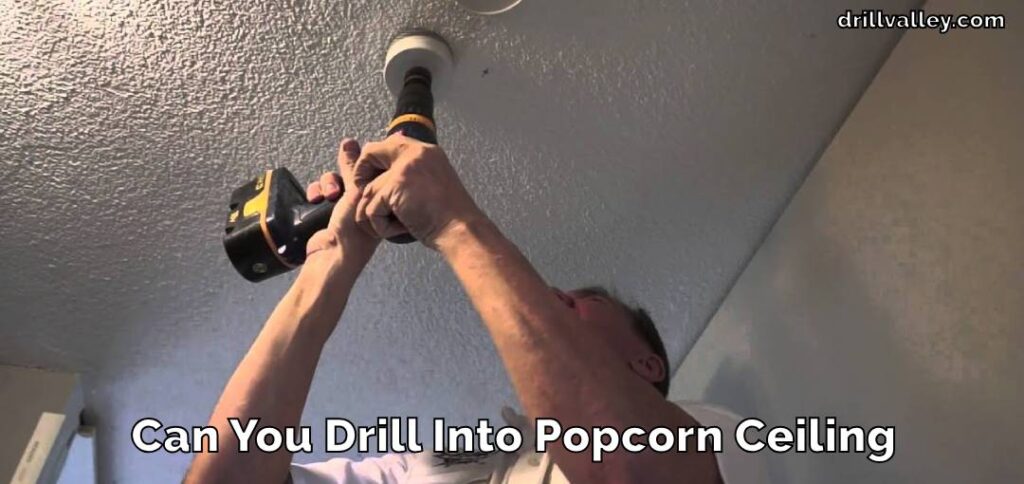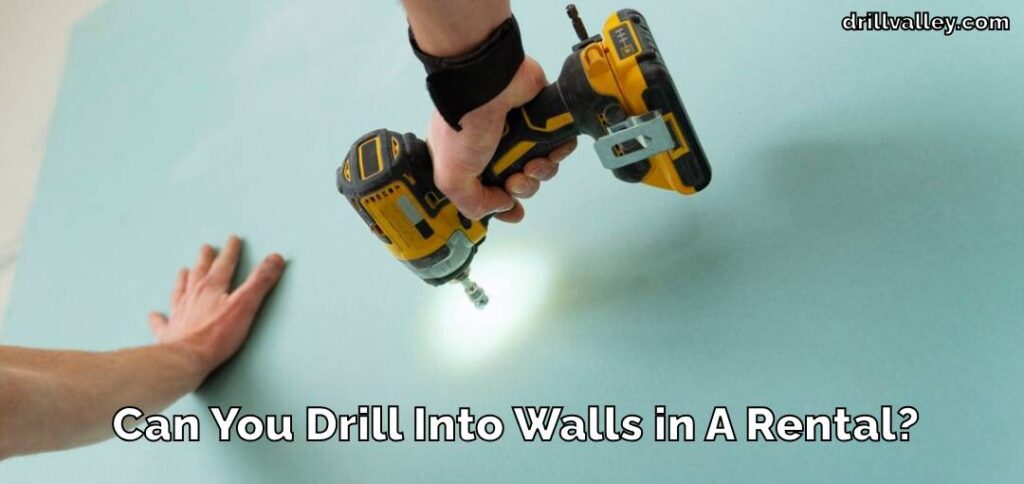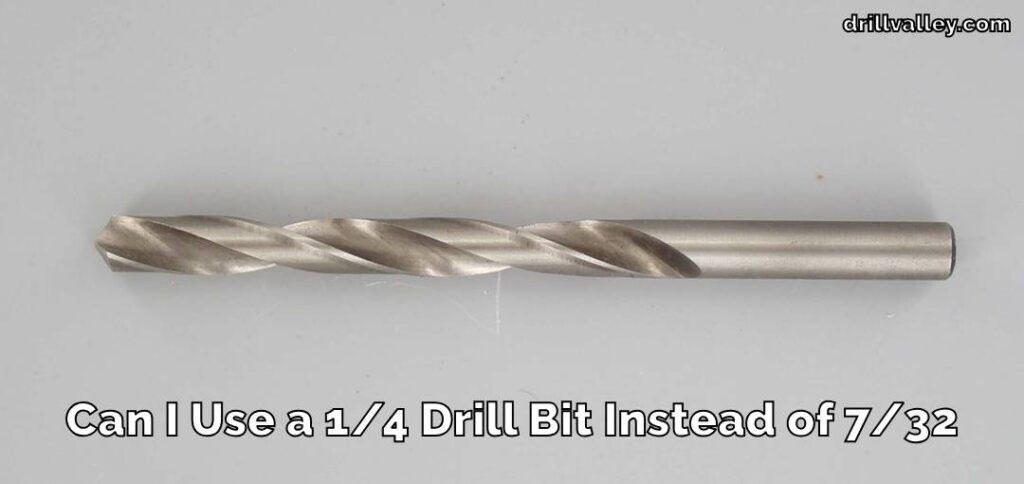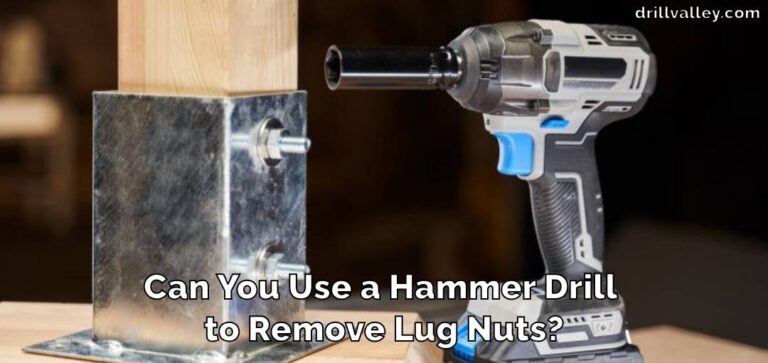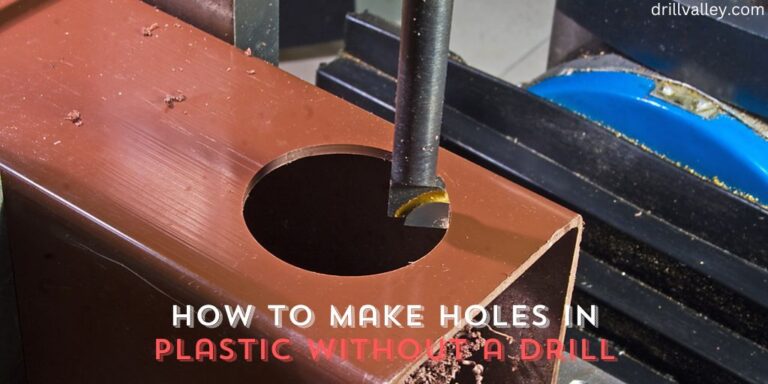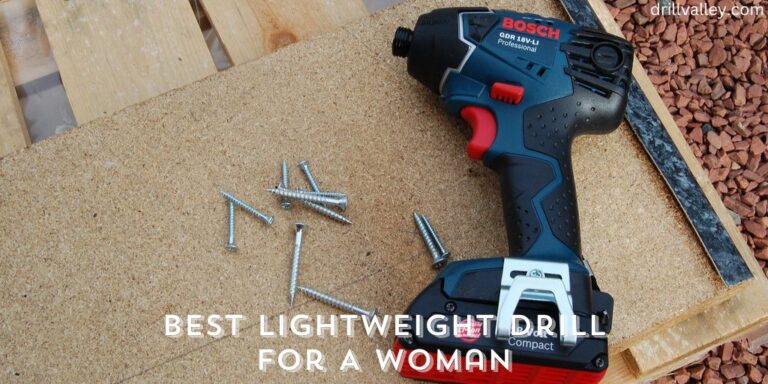How to Drill Into Cast Iron
Drilling into cast iron might seem tough because it’s such a strong and durable material. Whether you’re tackling a DIY project at home or working on something for a job, knowing how to handle cast iron can make a difference.

This guide is here to help you figure out how to drill into cast iron. We’ll go through why you might need to drill into cast iron, the tools you’ll need for the job, and the important steps to take to make sure you do it safely and successfully.
Understanding how to work with cast iron isn’t just about getting the job done. It’s also about doing it in a way that’s safe for you and good for whatever project you’re working on. So, let’s dive in and get a clear picture of how to drill into this tough material.
How to Drill Into Cast Iron
Drilling into cast iron might seem tough because it’s a hard material, but with the right tools and techniques, you can do it yourself. Follow these steps for a safe and effective way to drill into cast iron:
Selecting the Right Drill Bit
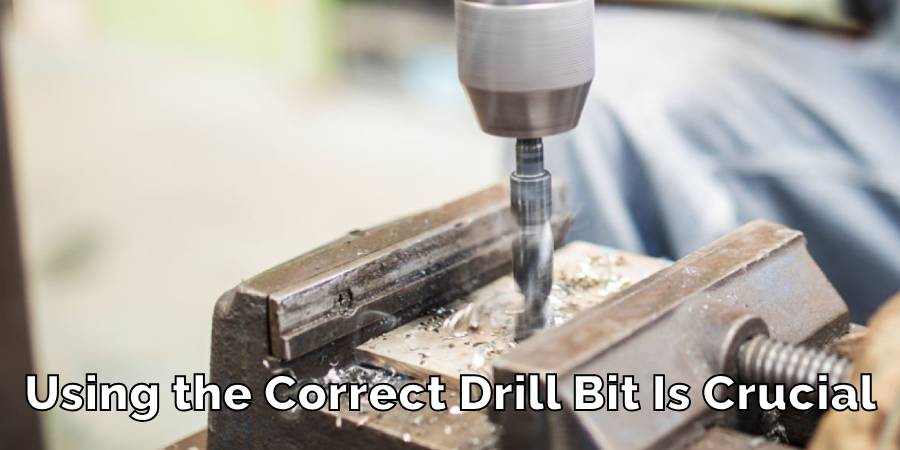
As previously mentioned, using the correct drill bit is crucial. Choose either a High-Speed Steel (HSS) bit or a cobalt drill bit for their strength and heat resistance.
Securing the Cast Iron Piece
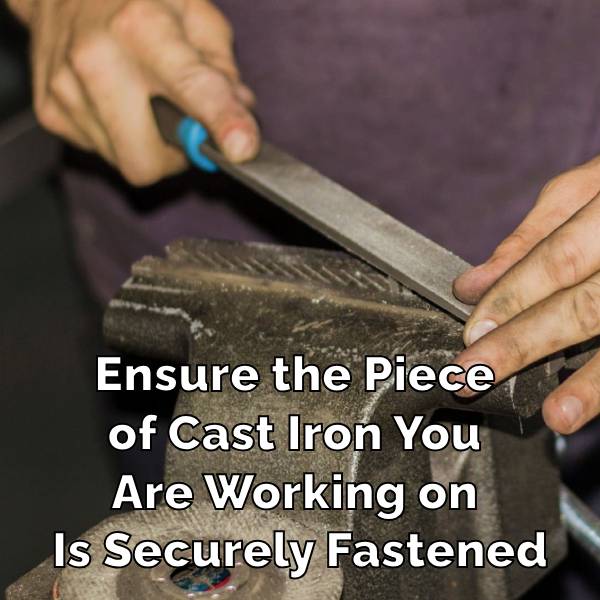
Before beginning, ensure the piece of cast iron you are working on is securely fastened. This can be done using clamps or a vice. A stable workpiece is essential to prevent any accidents or errors during drilling.
Starting with a Pilot Hole
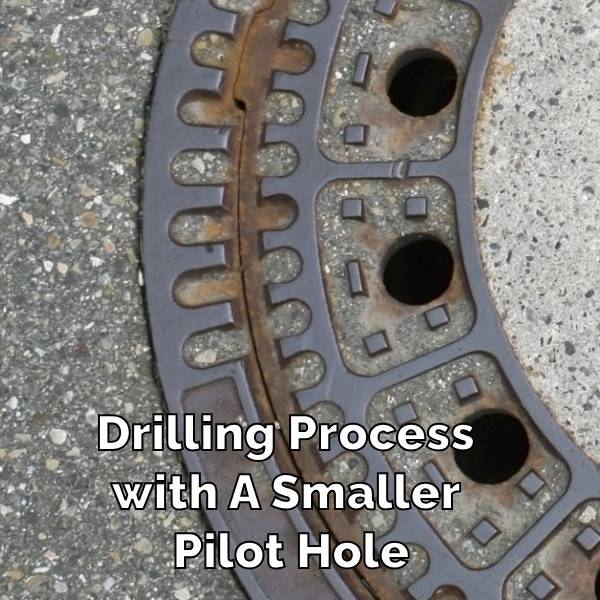
Begin your drilling process with a smaller pilot hole. This smaller hole acts as a guide for the larger drill bit and helps in achieving precision. It also reduces the chances of the drill bit slipping or deviating from the intended path.
Applying Steady Pressure

hen drilling, apply a consistent and steady pressure. Avoid pushing too hard as this can break the drill bit or damage the cast iron. A gentle but firm pressure is key.
Maintaining the Correct Speed
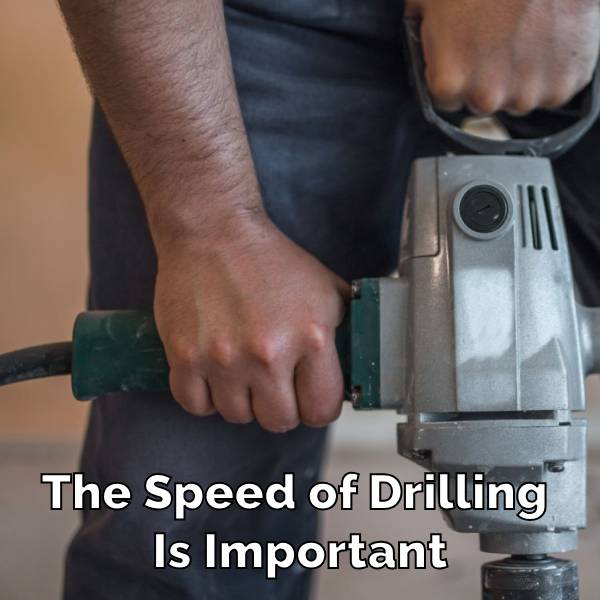
The speed of drilling is important. A moderate speed is ideal. If the drill is too fast, it can cause the bit to overheat, while a slow speed might not be effective in penetrating the cast iron.
Using Cutting Fluid

To reduce the friction and heat buildup, use a suitable cutting fluid. This fluid keeps the drill bit cool and also makes the drilling process smoother.
Gradually Increasing Hole Size
If you need a large hole, start with a smaller bit and gradually increase the size using larger bits. This step-by-step approach helps in maintaining accuracy and reduces the strain on the drill bit.
Deburring the Hole
Once the hole is drilled, there might be sharp edges around it. Use a deburring tool to smooth out these edges. This step is important for both the safety and the neatness of the work.
Cleaning Up
After drilling, there will be metal filings and debris. Clean these up to avoid any injury or mess.
Inspecting Your Work
Finally, inspect the drilled hole. Ensure it’s the right size and there are no cracks in the cast iron around it.
By following these steps carefully, you can drill into cast iron effectively. Remember, patience and attention to detail are as important as the physical tools you use. This process might take time, but with the right approach, you can achieve a clean and precise hole in cast iron.
Conclusion
Drilling into cast iron, while challenging, can be mastered with the right knowledge and tools. This guide has provided you with the essential steps and considerations for drilling into this tough material. Remember, patience and precision are key.
With the correct drill bit, moderate speed, and proper lubrication, you can efficiently and safely drill into cast iron for a variety of applications. The FAQs section should have resolved some common queries, making your task easier. Happy drilling!
Can You Use Impact Driver Bits in A Drill
Knowing whether you can swap impact driver bits into a regular drill matters more than…
Can You Drill Into Popcorn Ceiling
Wondering Can You Drill Into Popcorn Ceiling for your next home improvement project? Popcorn ceilings,…
Can You Drill Into Walls in A Rental?
Renting an apartment brings the challenge of personalizing your space within the confines of rules…
Can I Use a 1/4 Drill Bit Instead of 7/32
When you’re elbows deep in a project and suddenly realize the 7/32 drill bit you…
Can You Drill Concrete Without A Hammer Drill
Drilling into concrete requires both precision and the right tools, notably a hammer drill and…
Can You Use Different Brand Drill Bits?
The right drill bit size is crucial for any project, big or small. It’s the…
